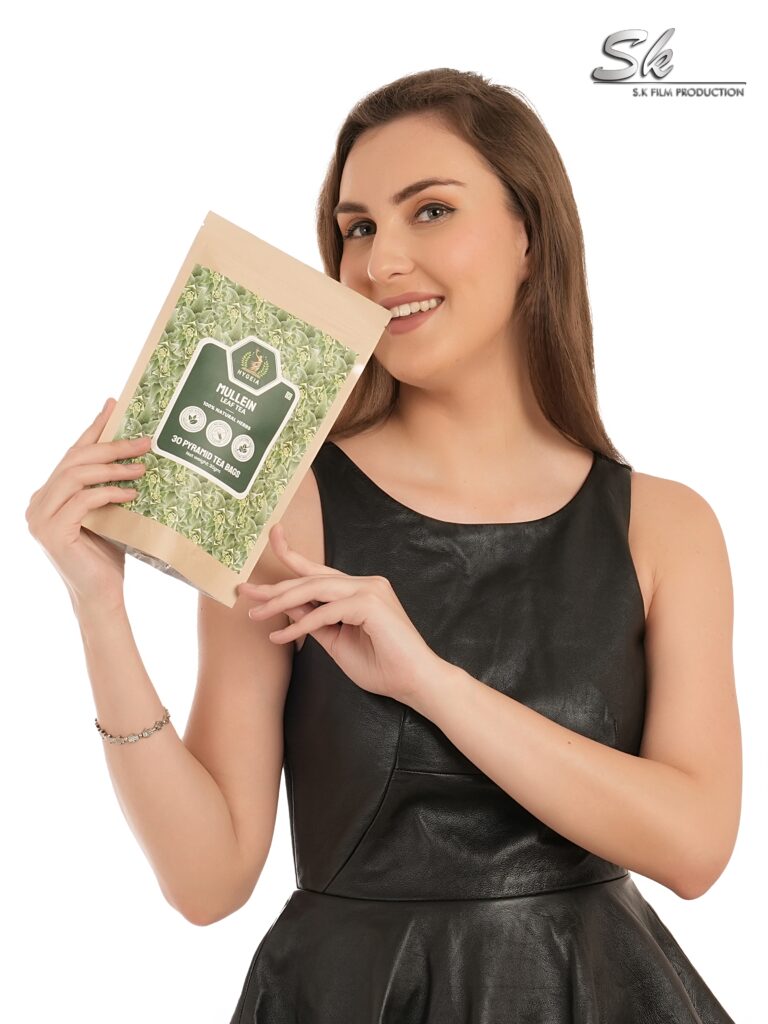
Product Photography with Models
I. Introduction
- Definition of product photography
- The role of models in product photography
- Why using models can enhance product appeal
- Scope of the guide (who it’s for — businesses, photographers, marketers)
II. Why Use Models in Product Photography?
- Emotional connection: How people relate to other people, not objects
- Contextual storytelling: Models show how a product is used
- Brand alignment: Reflecting target audience through model selection
- Higher engagement and conversions
- Stats and studies on human-centered visuals
- Stats and studies on human-centered visuals
- Examples: Fashion, beauty, fitness, tech accessories, lifestyle products
III. Planning a Product Shoot with Models
1. Define Your Goals
- Branding objectives
- Target audience
- Use-case scenarios (e-commerce, social media, ads)
2. Budgeting
- Costs for hiring models (agency vs freelance)
- Studio/location fees
- Equipment and crew costs
3. Model Selection
- Diversity and representation
- Age, gender, body type considerations
- Expression and posing ability
- Working with agencies vs freelancers
- Model release forms
4. Location and Setting
- Studio shoot vs on-location
- Indoor vs outdoor
- Importance of background, environment, and mood
- How location affects product perception
IV. Pre-Production Workflow
1. Creative Direction
- Concept development
- Mood boards and inspiration
- Storyboarding the shoot
2. Styling
- Wardrobe selection to complement the product
- Hair and makeup coordination
- Matching brand identity
3. Props and Accessories
- Enhancing the scene without distracting from the product
- Realistic vs artistic stylization
4. Scheduling
- Timelines
- Lighting windows (especially for outdoor)
- Shot lists and productivity
V. Photography Techniques
1. Composition
- Rule of thirds
- Leading lines and framing with body language
- Using negative space effectively
2. Lighting
- Natural vs artificial light
- Three-point lighting setup
- How lighting affects skin tones and product colors
- Dealing with reflective products
3. Camera Gear & Settings
- Lens choices for portraits vs products
- Recommended cameras and lenses
- Aperture, ISO, shutter speed
- Shooting tethered for real-time review
4. Posing Models with Products
- Hands-on vs lifestyle poses
- Expressive vs neutral faces
- Directing non-professional models
- Capturing genuine emotion
VI. Post-Production Workflow
1. Photo Selection
- Narrowing down high-quality, brand-appropriate images
- Getting client/model approval
2. Editing and Retouching
- Skin retouching without overdoing
- Color correction
- Product enhancement
- Removing distractions/background cleanup
3. Consistency Across a Series
- Matching tones and style
- Batch editing with presets or LUTs
4. Output & Optimization
- Resizing for web, print, and social media
- File naming and metadata
- Web optimization without loss of quality
VII. Legal Considerations
- Model release agreements
- Usage rights and licensing
- Agency contracts
- Privacy and copyright protection
VIII. Case Studies / Examples
- Before & after product shoots with models
- High-conversion ad campaigns using models
- Side-by-side: Product alone vs with model (engagement difference)
- Interview with a professional photographer or model
IX. Tips for Businesses Hiring Product Photographers with Models
- How to choose the right photographer
- Red flags to avoid
- Questions to ask before hiring
- Budget negotiation tips
X. Trends in Product Photography with Models
- Use of AI-generated models
- 360° product view with human interaction
- Augmented reality (AR) integration
- Sustainable and inclusive branding
XI. Conclusion
- Recap of benefits and process
- Encouragement to experiment and invest in quality
- CTA (contact for shoot, download checklist, etc.)
XII. Extras (for lead magnets or added value)
- ✅ Downloadable Shoot Checklist
- ✅ Model Posing Guide (PDF)
- ✅ Lighting Setup Templates
- ✅ Model Release Form Template
✅ “How to Direct Models” Cheat Sheet
